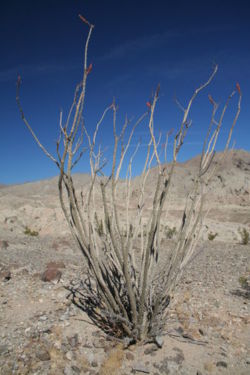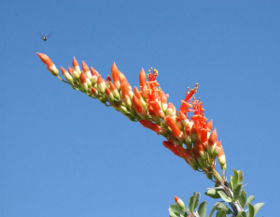Ocotillo
| Ocotillo {{{status}}} Fossil range: {{{fossil_range}}}
| ||||||||||||||||||||||||||||||||||||||||||||||||||||||||||||||||||
|---|---|---|---|---|---|---|---|---|---|---|---|---|---|---|---|---|---|---|---|---|---|---|---|---|---|---|---|---|---|---|---|---|---|---|---|---|---|---|---|---|---|---|---|---|---|---|---|---|---|---|---|---|---|---|---|---|---|---|---|---|---|---|---|---|---|---|
 Ocotillos near Palm Springs, California | ||||||||||||||||||||||||||||||||||||||||||||||||||||||||||||||||||
| Plant Info | ||||||||||||||||||||||||||||||||||||||||||||||||||||||||||||||||||
| ||||||||||||||||||||||||||||||||||||||||||||||||||||||||||||||||||
| Scientific classification | ||||||||||||||||||||||||||||||||||||||||||||||||||||||||||||||||||
| ||||||||||||||||||||||||||||||||||||||||||||||||||||||||||||||||||
| [[{{{diversity_link}}}|Diversity]] | ||||||||||||||||||||||||||||||||||||||||||||||||||||||||||||||||||
| {{{diversity}}} | ||||||||||||||||||||||||||||||||||||||||||||||||||||||||||||||||||
| Binomial name | ||||||||||||||||||||||||||||||||||||||||||||||||||||||||||||||||||
| Fouquieria splendens Engelm. | ||||||||||||||||||||||||||||||||||||||||||||||||||||||||||||||||||
| Trinomial name | ||||||||||||||||||||||||||||||||||||||||||||||||||||||||||||||||||
| {{{trinomial}}} | ||||||||||||||||||||||||||||||||||||||||||||||||||||||||||||||||||
| Type Species | ||||||||||||||||||||||||||||||||||||||||||||||||||||||||||||||||||
| {{{type_species}}} | ||||||||||||||||||||||||||||||||||||||||||||||||||||||||||||||||||
| {{{subdivision_ranks}}} | ||||||||||||||||||||||||||||||||||||||||||||||||||||||||||||||||||
| [[Image:{{{range_map}}}|{{{range_map_width}}}|]] | ||||||||||||||||||||||||||||||||||||||||||||||||||||||||||||||||||
| Synonyms | ||||||||||||||||||||||||||||||||||||||||||||||||||||||||||||||||||
| {{{synonyms}}} |
Template:For The ocotillo (Fouquieria splendens - also called the coachwhip, Jacob's staff, and the vine cactus) is a curious, and unique desert plant of the southwestern United States and northern Mexico. For much of the year, the plant appears to be an arrangement of large dead sticks, although closer examination reveals that the stems are partly green. With rainfall the plant quickly becomes lush with small (2-4 cm) ovate leaves, which may remain for weeks or even months.

The stems may reach a diameter of 5 cm at the base, and the plant may grow to a height of 10 m. The plant branches very heavily at its base, but above that the branches are pole-like and only infrequently divide further, and specimens in cultivation may not exhibit any secondary branches. The leaf stalks harden into blunt spines, and new leaves sprout from the base of the spine. The bright red flowers appear in spring and summer, occurring as a group of small tube shapes at the tip of the stem.
Ocotillo poles are a common fencing material in their native region, and often take root to form a living fence. Owing to light weight and an interesting pattern, these have been used for canes or walking sticks.
Three subspecies are accepted by some botanists:
- Fouquieria splendens subsp. splendens
- Fouquieria splendens subsp. breviflora Henrickson
- Fouquieria splendens subsp. campanulata (Nash) Henrickson
References
-
Closeup of ocotillo leaves.
-
Closeup of ocotillo thorns. Taken in Anza-Borrego Desert State Park
-
Closeup of ocotillo flowers. Taken in Anza-Borrego Desert State Park
-
Ocotillo in full bloom. Taken near Lookout Mountain, Phoenix, AZ




